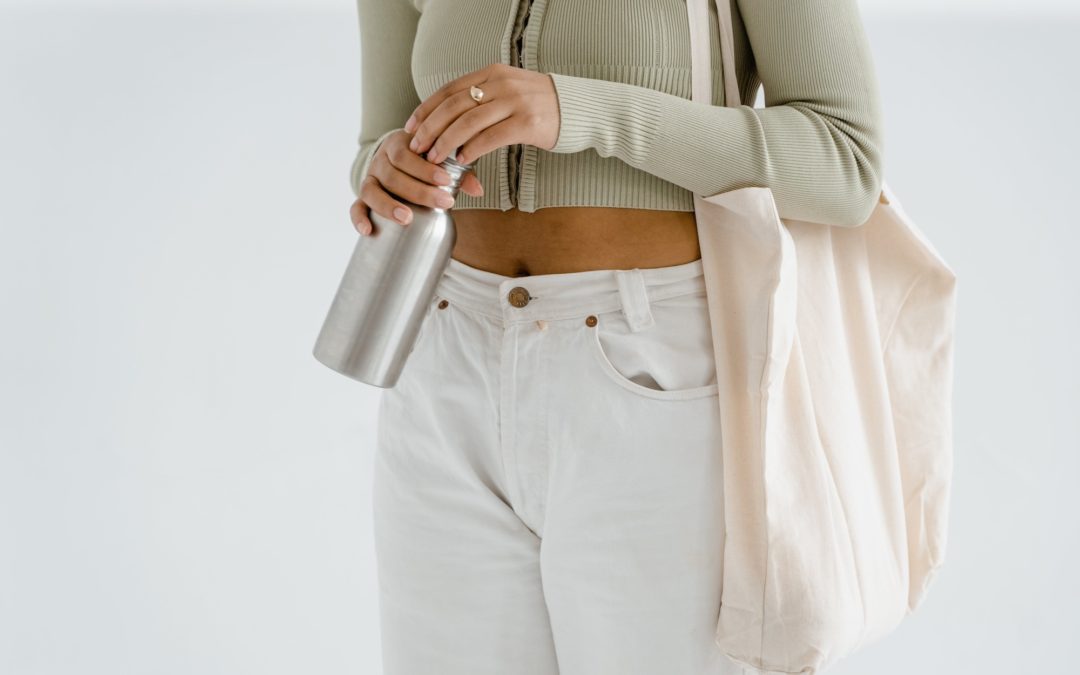In a world driven by convenience, we’ve become accustomed to the luxury of disposable packaging.
Plastic and cardboard containers have become a ubiquitous part of our daily lives, serving as vessels for everything from our morning coffee to the products we order online. While these materials offer convenience, they also contribute to an ever-growing environmental problem. Plastic pollution clogs our oceans, and landfills overflow with cardboard boxes.
Amidst this convenience, it’s crucial to recognize the scale of the issue. Of the 40 millions of plastic waste generated in the U.S. specifically in 2021, only 5% to 6% – or about two million tons – was recycled. And before you say that many of these packaging options are made of recycled materials and can be recycled, there’s a lot more to this than meets the eye. We’ll get into it a little later…
However, what is clear is that a change is needed.
Recyclable doesn’t make it better
A common misconception is that if something is recyclable, it is better for the environment. Why do many believe that? Because it’s what we’ve been told from big brands across the nation.
If it’s recyclable it’s sustainable, right? Hardly.
Did you know that over 90% of products in the United States are shipped in corrugated cardboard boxes? The amount of cardboard boxes that get broken down each year, month, day even is extraordinary. And, the amount of poly mailers that are also either recycled or thrown away each day should be illegal.
Here are 3 specific reasons to move to reusable packaging.
- Efficient
One of the key advantages of adopting reusable packaging is the efficiency it brings to your supply chain. Traditional disposable packaging, like cardboard and poly mailers, often end up as a one-time-use waste, requiring constant restocking. Sometimes, brands can get 2 uses out of this kind of packaging in their ecommerce shipments, but it’s honestly somewhat rare as consumers have made it a habit to toss their packaging the moment they open…
Reusable packaging, on the other hand, is designed to withstand multiple trips. This reduces the need for constant replenishment and decreases the environmental footprint of your supply chain.
Moreover, you’ll save on resources, transportation costs, and labor associated with constantly replacing disposable packaging, making your operations more streamlined and cost-effective. - Economical
Many businesses are hesitant to transition to reusable packaging because they perceive it as a costly investment upfront. However, the long-term financial benefits are substantial. By replacing just 20% of single-use plastic packaging with reusable alternatives offers an opportunity worth at least $10 billion. That’s huge long-term. While the initial investment might be higher, the durability of reusable packaging means you’ll save money over time. Instead of constantly purchasing disposable materials, you’ll make a one-time investment in packaging that can last for years.
Your bottom line will reflect the cost savings in the form of reduced waste, decreased transportation expenses, and lower packaging procurement costs. - Environmentally friendly
Disposable packaging generates an astonishing amount of waste that can take hundreds of years to decompose in landfills or poses a serious threat to our environment as plastic pollution in our oceans. Every year 19-23 million tons of plastic waste leaks into aquatic ecosystems, polluting lakes, rivers, and seas.
It isn’t just the oceans that we are worried about as well. Walk down a city block near you later today. How much trash do you see in the gutter? Along the sidewalk? Overflowing trash bins? How much of this trash is from some form of packaging? Case in point…
Reusable packaging promotes sustainability. While the packaging you use for your retail items may not be what’s polluting the streets, many of it does end up in oceans and it does wreak havoc on our ecosystem. By choosing durable materials and implementing a circular approach to your packaging, you reduce your carbon footprint and contribute to a cleaner, more sustainable future.
Change is good
We hear time and time again that change is scary, but it doesn’t have to be. Transitioning to reusable packaging with the right partner and a clear strategy can be smooth and seamless.
The shift from disposable to durable, reusable packaging is not just a trendy idea; it’s the way of the future. It offers substantial benefits to your business, from increased supply chain efficiency to long-term cost savings and a smaller environmental footprint.
And with the right partner who will help you identify where a reusable solution works in your supply chain, how to mitigate any potential risks and guides you on implementation, you’ll be in great hands. Ellen MacArthur, Founder of the Ellen MacArthur Foundation, said, “Rethinking the future: It is a profound challenge, at the end of an era of cheap oil and materials to rethink and redesign how we produce and consume; to reshape how we live and work, or even to imagine the jobs that will be needed for transition.”
Together, we can build a more sustainable and responsible future for our planet, one package at a time. The days of wasteful plastic and cardboard packaging are numbered, and by making the change to reusable packaging, we’re paving the way for a more sustainable and efficient future for all.
To learn more about LimeLoop’s reusable packaging, including our LimeCare–your own dedicated Reuse Specialists–schedule a meeting with no strings attached.


